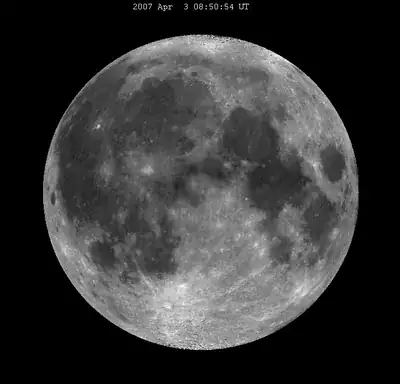In one of the answers to an entertaining question on Physics.SE about "simple check for the global shape of the earth", there is a link to this awesome demonstration of the libration of the moon:
You can see the date stamp at the top that goes from Apr. 3 2007 to Apr 30 2007.
If these are real, the moon should go through its phases during the month-long time-lapse photo session, but it doesn't.
Is this animation a real-life capture or generated?
